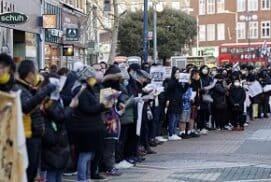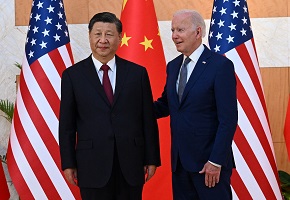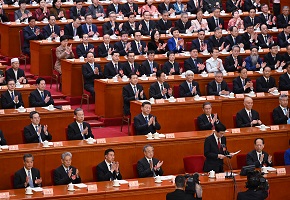Seán Golden 12 September 2025
China marked the 80th anniversary of the end of World War II (WWII) with an orchestrated set of events designed to visualize how much the current world order has changed. It convened a summit of the Shanghai Cooperation Organization (SCO) that included Xi Jinping’s announcement of a Global Governance Initiative (全球治理倡议 Quanqiu zhili changyi), and staged a massive military parade that highlighted the advanced technology of China’s armed forces. Donald Trump’s typically hostile and narcissistic reaction showed how successful it had been.










